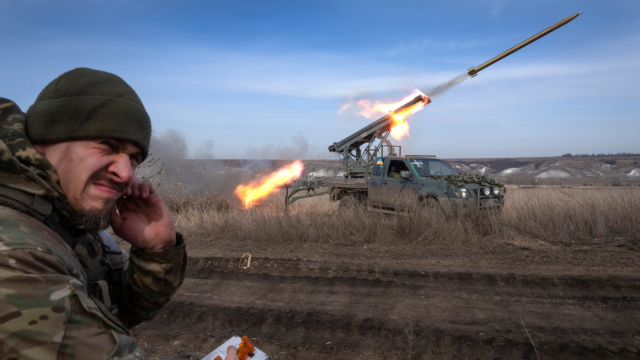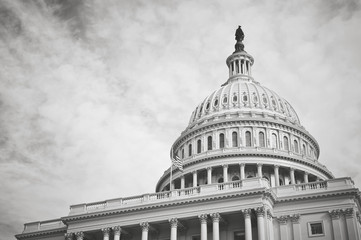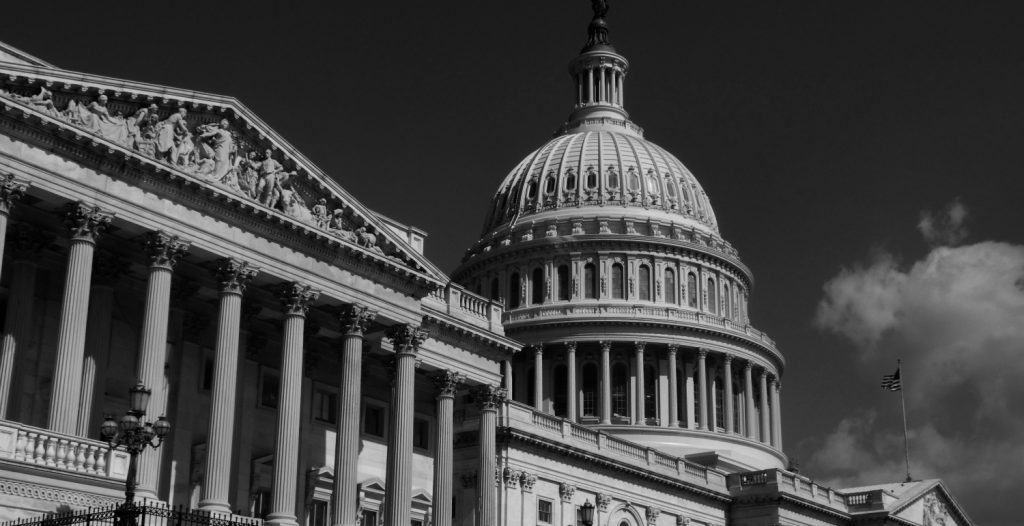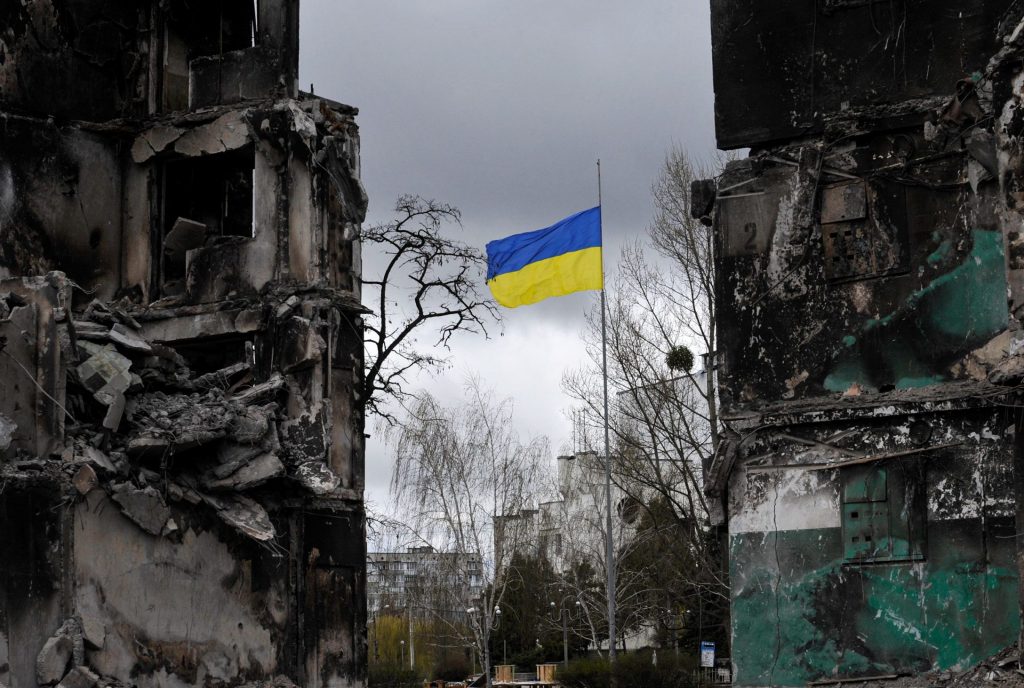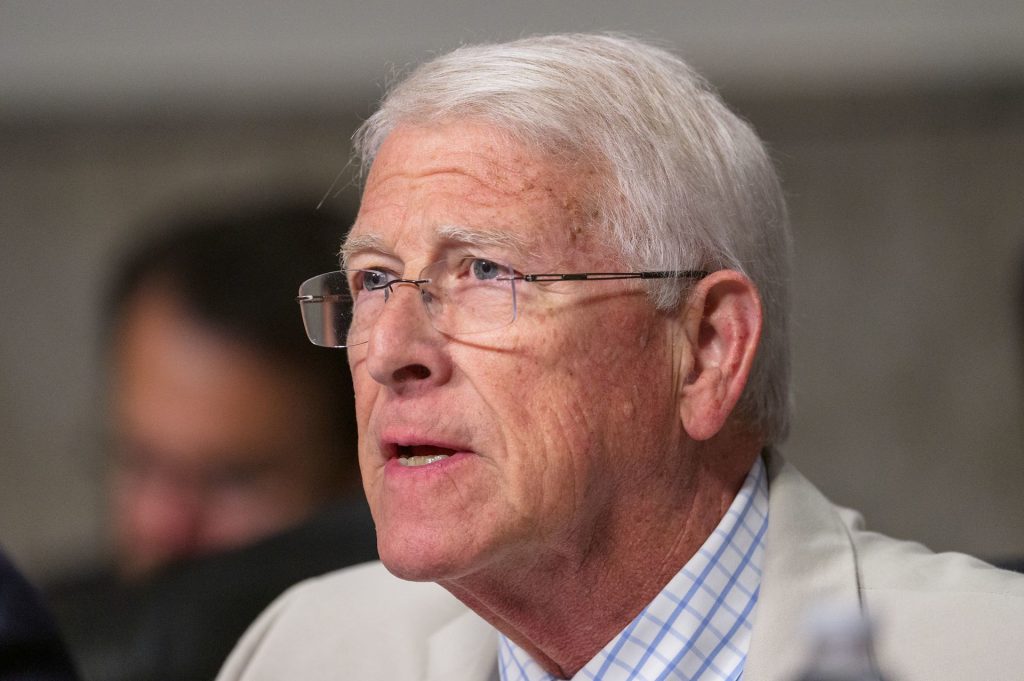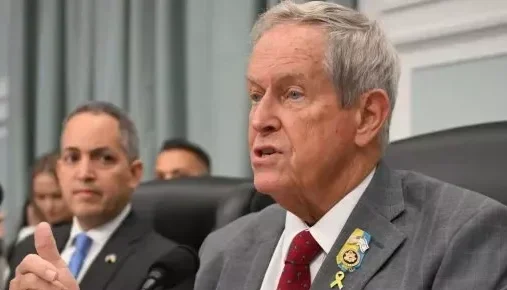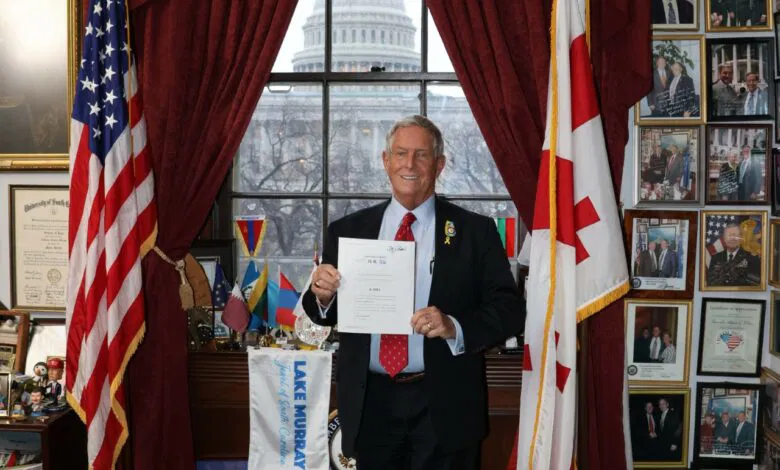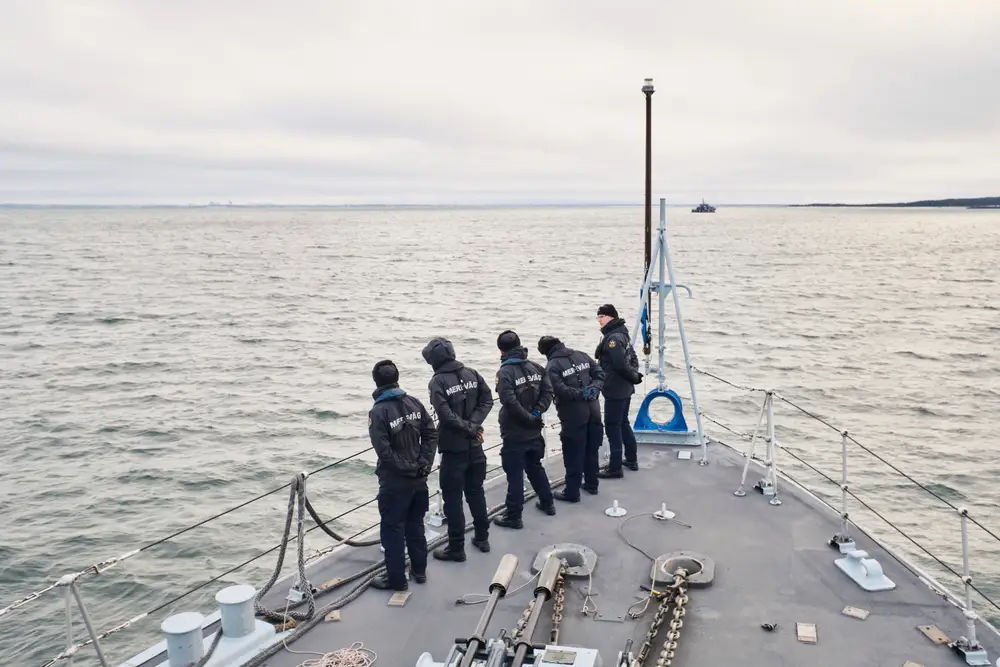Since President Trump’s inauguration, the administration’s Russia policy has been divided between rhetoric and reality. Two dueling narratives have emerged—one based on the conciliatory nature of the president’s words and tweets, the other arising from the hawkishness of implemented policy. The disparity has rendered difficult any objective assessment of administration policy toward Moscow.
During this briefing, the panelists examined this divergence and sought to contextualize the administration’s policy while providing recommendations for future action.
According to the panelists, while rhetoric is undoubtedly important, for analysis it is far more useful to look to reality. In that regard, the Trump administration’s policy has been “the toughest since the Cold War.” This policy has taken two principal forms: increased military deterrence and an expanded sanctions regime.
Militarily, the administration has instituted a tactical deterrence strategy that may serve as the foundation for a larger strategy of containment. Since 2017, the administration has initiated the sale of lethal arms to Ukraine, conducted air strikes against the Syrian regime and Russian private military contractors operating in Syria, increased funding in the NDAA for the European Deterrence Initiative from $3.7 billion to $6.3 billion, and enhanced the U.S. presence in Eastern Europe by expanding the size, scope, and frequency of allied training exercises in the region.
The administration has supported this conventional deterrence policy with an equally strong political push against Moscow: a policy exemplified by the administration’s imposition of the congressionally-designed CAATSA sanctions, which target oligarchs associated with the Putin regime. Beyond this, other political actions implemented by the administration include the largest expulsion of Russian diplomats in history, further sanctions imposed on Russian firms and cyber groups, and the appointment of Russia hawks to roles of National Security Advisor, Secretary of Defense, and Secretary of State.
In addition to current policy, the panelists also looked to the future and gave their prescriptions on how the administration’s Russia policy should proceed. A discussion centered on two themes: further targeting President Putin’s support base and developing the United States’ ability to counter Russian hybrid warfare. The former is predicated on expanding the existing sanctions regime to better target the ability of Russian oligarchs to access the international financial system and targeting Putin’s regime by exposing its corruption to the Russian people. The latter is a call for increased investment in cyber defense and eliminating the avenues by which Russian disinformation campaigns reach Americans.
In response to a question from Helsinki Commission policy advisor Rachel Bauman regarding the role of Congress in future Russia policy, the panelists agreed that Congress could take the lead, serving as a check against the rhetoric of President Trump, and continue the strong policy the administration has implemented.



